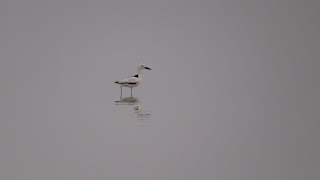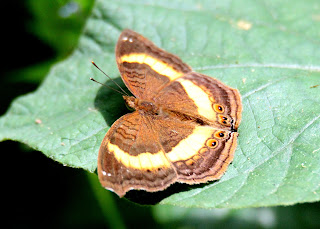Hiking trail
The expansive farm that now hosts the national park was once home to William Macmillan, a game hunter from America, who visited and decided to settle in Kenya in 1901
Macmillan Grave
At the farm, Macmillan built a castle in which, on different occasions, he hosted explorer and former American President Theodore Roosevelt and British Prime Minister, Sir Winston Churchill. The two renowned world leaders were on game-hunting trips to Kenya
But more interestingly is the fact that the late Tom Mboya, a popular politician in the Jomo Kenyatta era, was born at Ol Donyo Sabuk where his father worked as a casual laborer at Macmillan’s sisal farm. Far from its interesting history, Ol Donyo Sabuk is popularly becoming a must-go for Kenyans and tourists, in general, looking for more challenging exercise terrains, and a place closer to Nairobi. Oldonyo Sabuk National Park is busy, especially on weekends when 250 people visit the Park.
The whole trek from the Gate to the summit is 9 kilometers, but there are some breaks between, the first stop enables people to have good views of the surroundings, the vast pineapple plantations, the distant inselbergs (isolated hill or mountain rising from a plain) the famous fourteen falls
Fourteen falls
The other stopover is at the burial site of Macmillan and his wife although in their will they wanted to be buried at the summit of the Mountain. The peak in Ol Donyo Sabuk has a height of 2,145 meters (7,037 feet)
and was named by Maasai pastoralists, meaning a big mountain. The forested part
of the mountain has a large population of buffaloes
Summit 2145 meters
There are two campsites in Ol Donyo Sabuk, Turaco Campsite by the entrance of the main gate and the Lookout campsite 7 kilometers uphill, Also there is the Sabuk House (self-catering), which used to be a warden house
Hiking duo
You need an armed ranger to escort you, the park has wild animals notably the buffalo, which comes with an extra cost of 1750 per ranger
Carry enough drinking water minimum, snacks, and wear comfortable hiking shoes, the camera is also useful
It's advisable to observe the rules on littering many people discard water bottles on the trails, they have some dumping areas along the hiking trail so make use of them
Martial Eagle
For Birdwatchers, Ol Donyo Sabuk has very interesting Bird species, among them the endemic Hinde's Babbler, Eastern Bearded Robin which was recorded recently, and Purple crested Turaco, on a good day 100+ species can be seen
















































